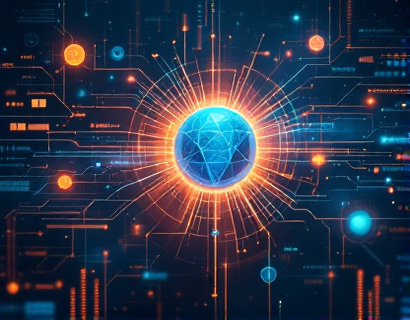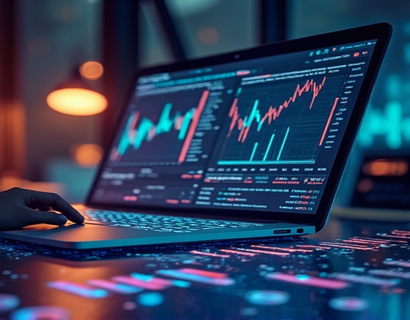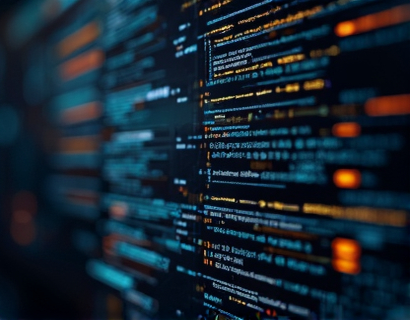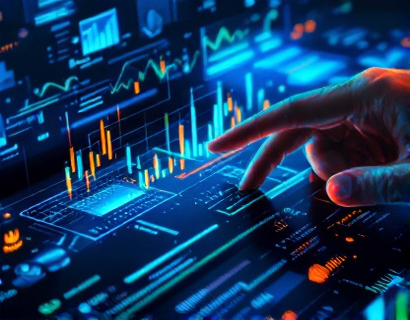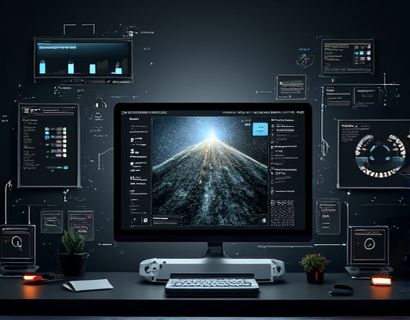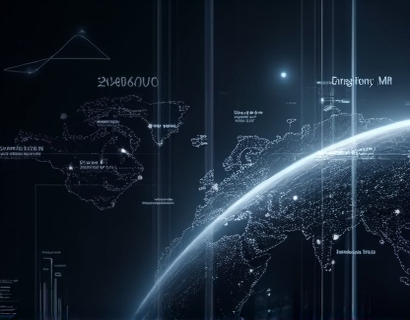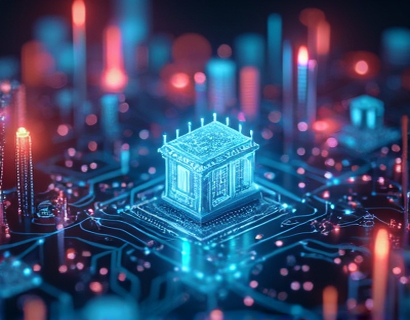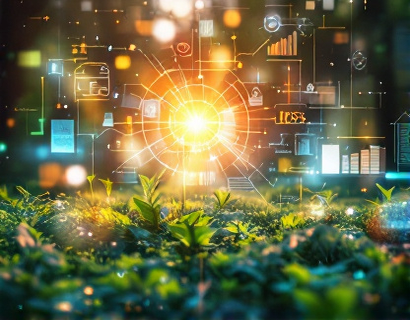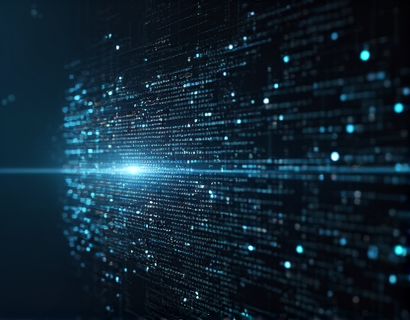Maximizing Aquaponics Business Success with Advanced Management Software
In the rapidly evolving world of sustainable agriculture, aquaponics stands out as a promising method that combines fish farming and hydroponic plant cultivation in a symbiotic environment. For aquaponics businesses, achieving success involves not only understanding the intricate balance between fish and plant systems but also implementing efficient management practices. Advanced management software plays a crucial role in streamlining operations, boosting productivity, and enhancing sustainability. This article delves into how such software can transform aquaponics farming, providing tools for precise monitoring and control, and ensuring optimal conditions for both fish and plants while minimizing environmental impact.
Understanding the Importance of Management Software in Aquaponics
The complexity of aquaponics systems requires meticulous monitoring and control to maintain the delicate balance between aquatic and hydroponic components. Advanced management software is designed to address these challenges by offering a comprehensive suite of tools tailored to the unique needs of aquaponics farming. These tools enable farmers to monitor water quality parameters, such as pH, ammonia, nitrite, and nitrate levels, in real-time, ensuring that conditions remain within the optimal range for both fish and plants.
Moreover, management software facilitates the automation of critical processes, reducing the need for manual interventions and minimizing the risk of human error. For instance, automated feeding systems can be programmed to dispense the correct amount of feed based on the number and size of fish, preventing overfeeding and reducing waste. This not only improves the health and growth of fish but also contributes to a more sustainable operation by minimizing nutrient runoff.
Precision Monitoring and Control
One of the key features of advanced management software is its ability to provide precise monitoring and control of aquaponics systems. Sensors installed throughout the facility continuously collect data on various parameters, which is then transmitted to a central dashboard for analysis. This real-time data allows farmers to make informed decisions quickly, adjusting settings as needed to maintain optimal conditions.
Temperature control is a critical aspect of aquaponics, as both fish and plants have specific temperature ranges in which they thrive. The software can integrate with heating and cooling systems to maintain the ideal temperature, ensuring that the ecosystem remains stable even in fluctuating environmental conditions. Similarly, dissolved oxygen levels, which are vital for fish health, can be monitored and adjusted automatically, preventing hypoxic events that could lead to fish losses.
Enhancing Productivity Through Data Analytics
Data analytics is another powerful feature of advanced management software, enabling aquaponics businesses to optimize their operations and enhance productivity. By analyzing historical data, farmers can identify trends and patterns that inform better decision-making. For example, growth rates of different plant species can be tracked over time, allowing for the selection of the most productive varieties. Similarly, fish growth data can be analyzed to optimize feeding schedules and stocking densities, maximizing yield while maintaining animal welfare.
Moreover, the software can generate detailed reports on system performance, energy consumption, and resource usage. These reports provide valuable insights into the efficiency of the operation, highlighting areas where improvements can be made. For instance, identifying periods of high energy consumption can lead to the implementation of more energy-efficient practices, reducing operational costs and environmental impact.
Promoting Sustainability in Aquaponics
Sustainability is a core principle of aquaponics, and advanced management software plays a pivotal role in promoting environmentally friendly practices. By optimizing resource usage and minimizing waste, these systems contribute to a more sustainable future. For example, precise nutrient management ensures that excess nutrients are not released into the environment, reducing the risk of water pollution. Additionally, the software can help farmers implement water recycling and reuse strategies, further conserving this precious resource.
Energy efficiency is another area where management software can make a significant impact. By monitoring and controlling the energy usage of various system components, such as pumps and lights, the software can help reduce overall energy consumption. This not only lowers operational costs but also decreases the carbon footprint of the aquaponics facility, aligning with global efforts to combat climate change.
Integration with Other Farming Technologies
The versatility of advanced management software extends beyond aquaponics, as it can be integrated with other farming technologies to create a holistic approach to sustainable agriculture. For instance, the software can interface with weather forecasting tools to adjust system settings based on predicted weather conditions. This proactive approach helps mitigate the impact of external factors on the aquaponics system, ensuring consistent production even in challenging environments.
Furthermore, integration with supply chain management systems can streamline the distribution of produce, reducing transportation costs and carbon emissions. By optimizing the timing and routing of deliveries, farmers can ensure that their products reach markets fresh and sustainably, enhancing the overall value proposition of their business.
User-Friendly Interfaces and Scalability
For the software to be truly effective, it must be user-friendly and scalable to accommodate the growing needs of aquaponics businesses. Modern management platforms are designed with intuitive interfaces that require minimal training, allowing farmers to focus on managing their operations rather than learning complex systems. This accessibility is crucial for widespread adoption, as it enables both small-scale and large-scale operations to benefit from advanced management tools.
Scalability is another important feature, as aquaponics businesses may expand over time. The software should be capable of handling increased data volumes and additional system components without compromising performance. This ensures that as the business grows, the management tools remain robust and reliable, supporting continuous improvement and expansion.
Case Studies and Real-World Applications
To illustrate the practical benefits of advanced management software in aquaponics, consider a few real-world examples. A mid-sized aquaponics farm in a temperate region implemented a comprehensive management system to monitor and control their operations. Within six months, they observed a 20% increase in fish growth rates and a 15% reduction in energy consumption. These improvements were attributed to the precise control of environmental conditions and the optimization of feeding schedules.
Another example is a large-scale commercial aquaponics facility that integrated the management software with their existing systems. The farm reported a significant reduction in water usage, achieving a closed-loop system where water loss was minimized to nearly zero. This not only conserved water but also reduced the need for chemical treatments, further enhancing the sustainability of their operation.
Future Trends and Innovations
As the aquaponics industry continues to grow, the demand for advanced management software is expected to increase. Future trends may include the incorporation of artificial intelligence and machine learning algorithms to predict system behavior and optimize operations even further. These technologies can analyze vast amounts of data to identify patterns and make recommendations, enabling farmers to stay ahead of potential issues before they arise.
Additionally, the integration of Internet of Things (IoT) devices will enhance the connectivity and automation of aquaponics systems. IoT sensors can provide real-time data on a wider range of parameters, from soil moisture in hydroponic sections to light intensity in growing areas, creating a more comprehensive and responsive management system.
Conclusion
Advanced management software is a transformative tool for aquaponics businesses, offering a range of benefits that contribute to operational efficiency, productivity, and sustainability. By leveraging these technologies, farmers can ensure optimal conditions for their fish and plants, reduce environmental impact, and position their businesses for long-term success. As the industry evolves, the role of management software will become increasingly vital, driving innovation and supporting the growth of sustainable aquaponics farming worldwide.





